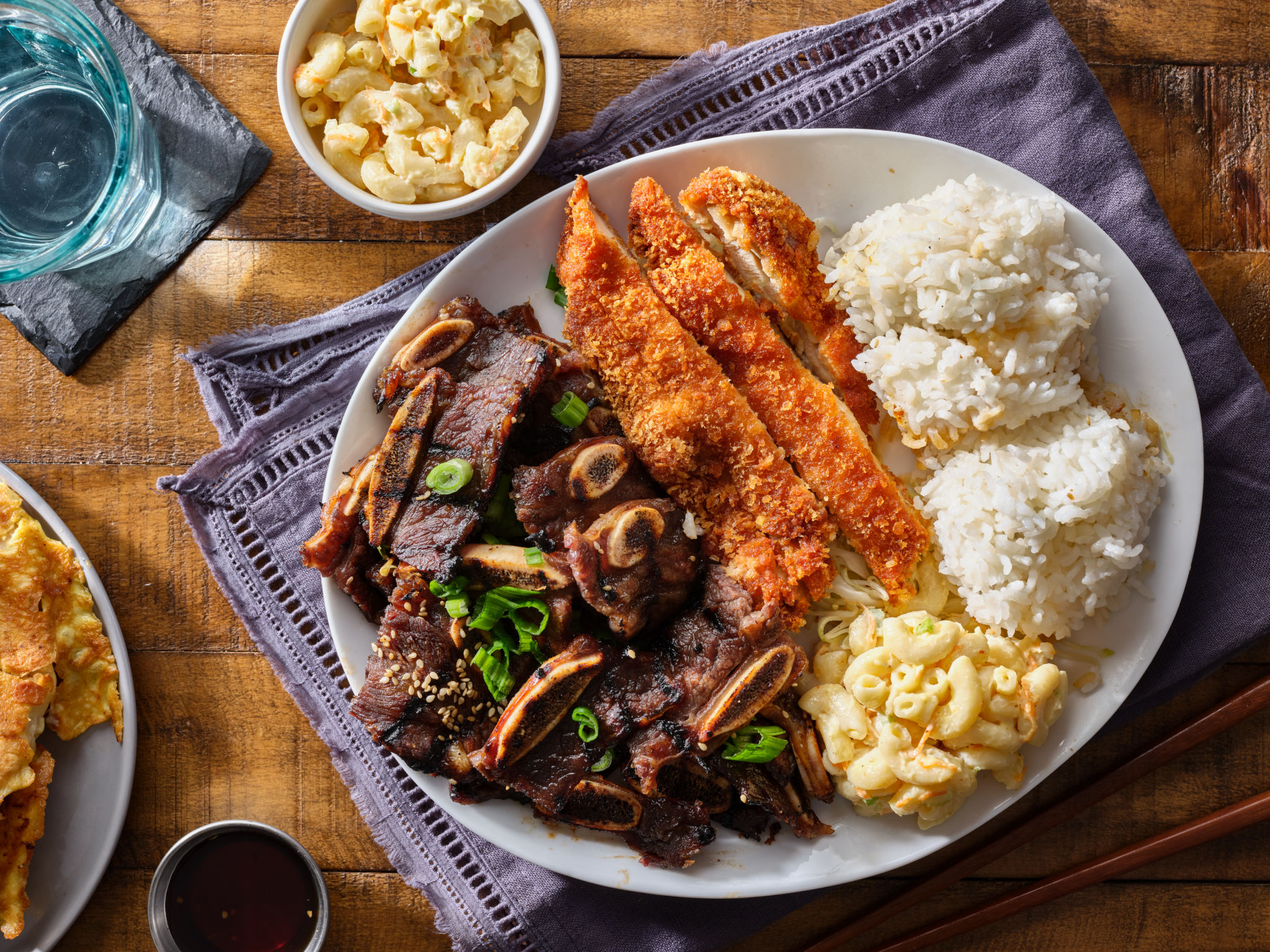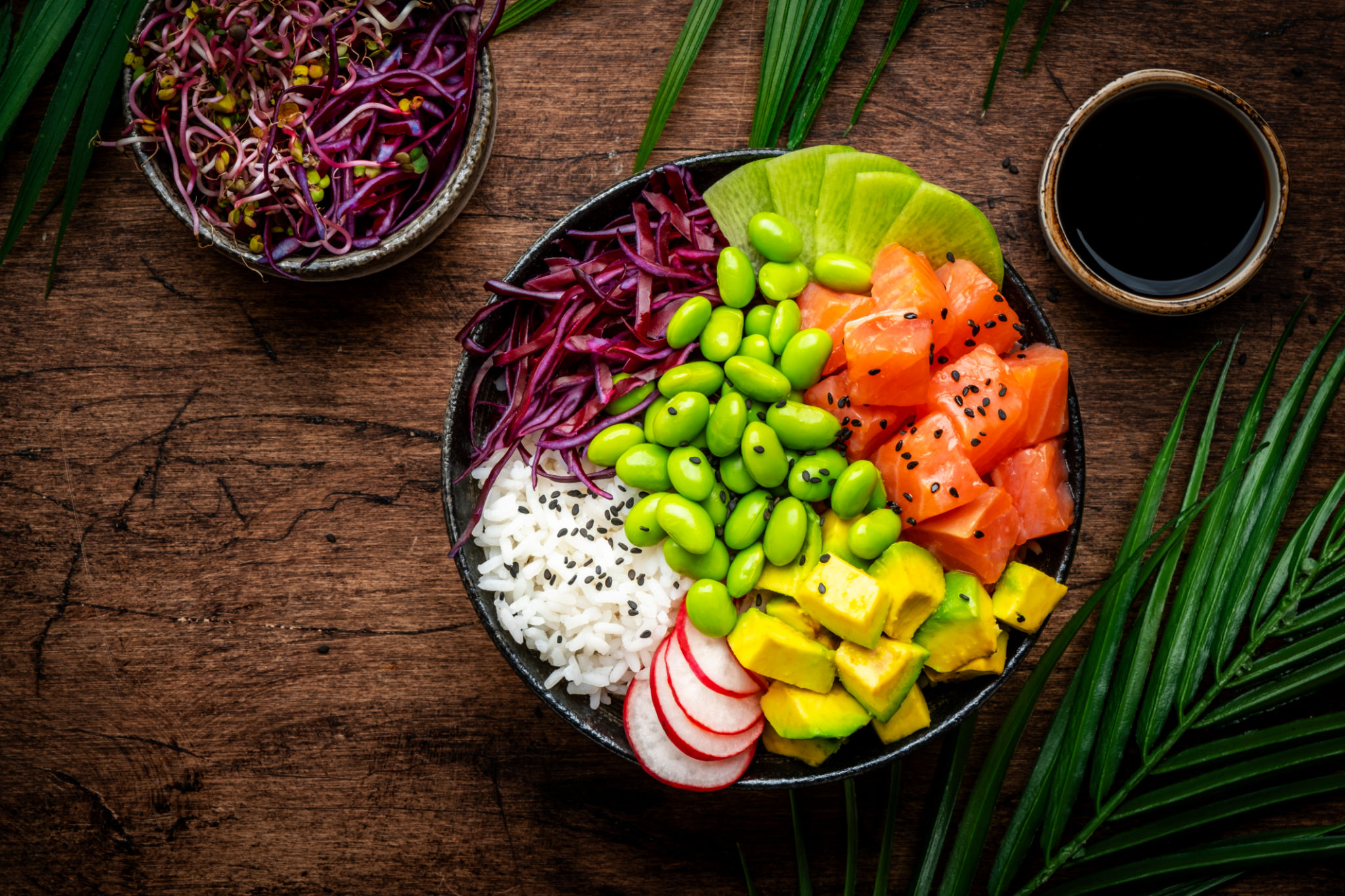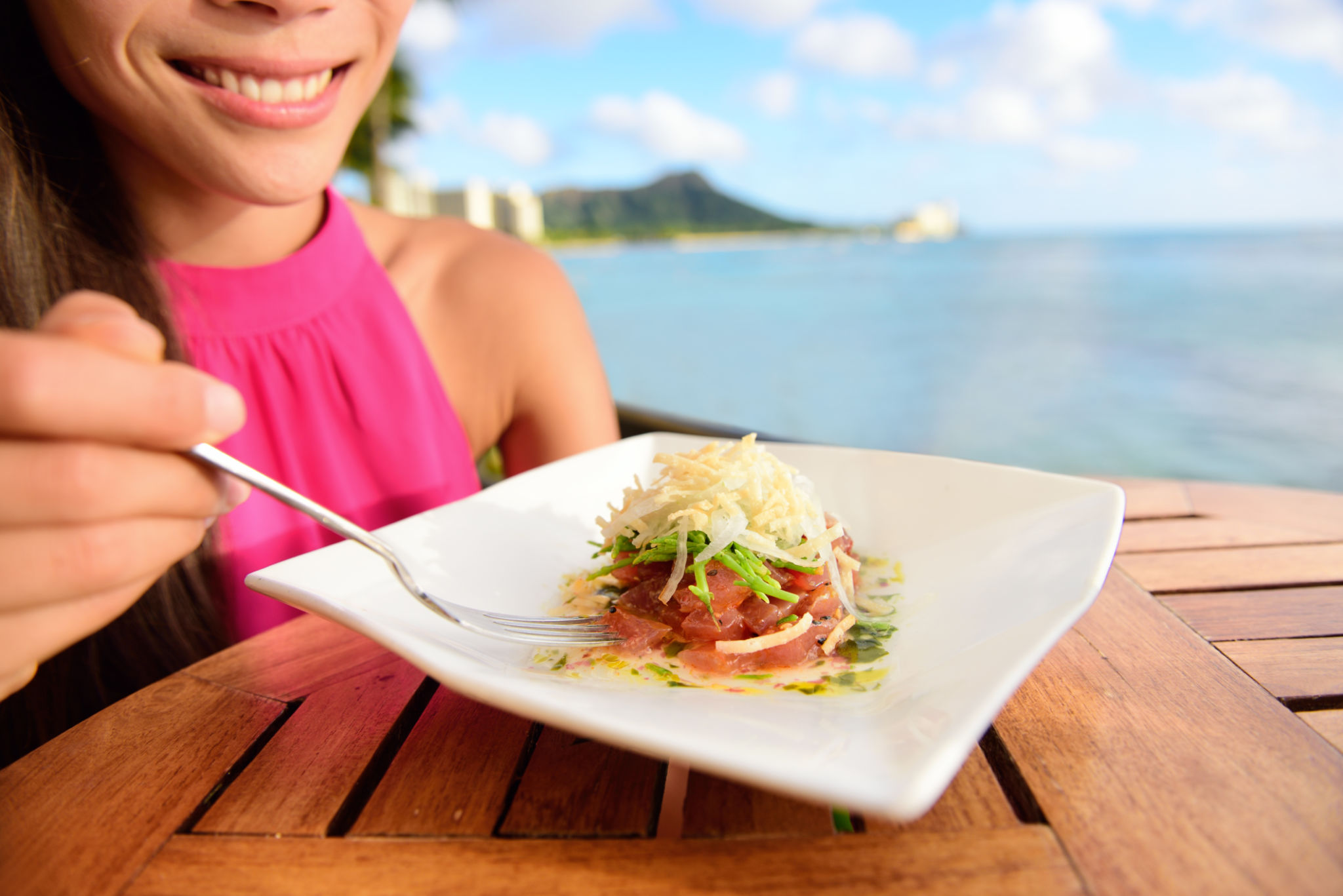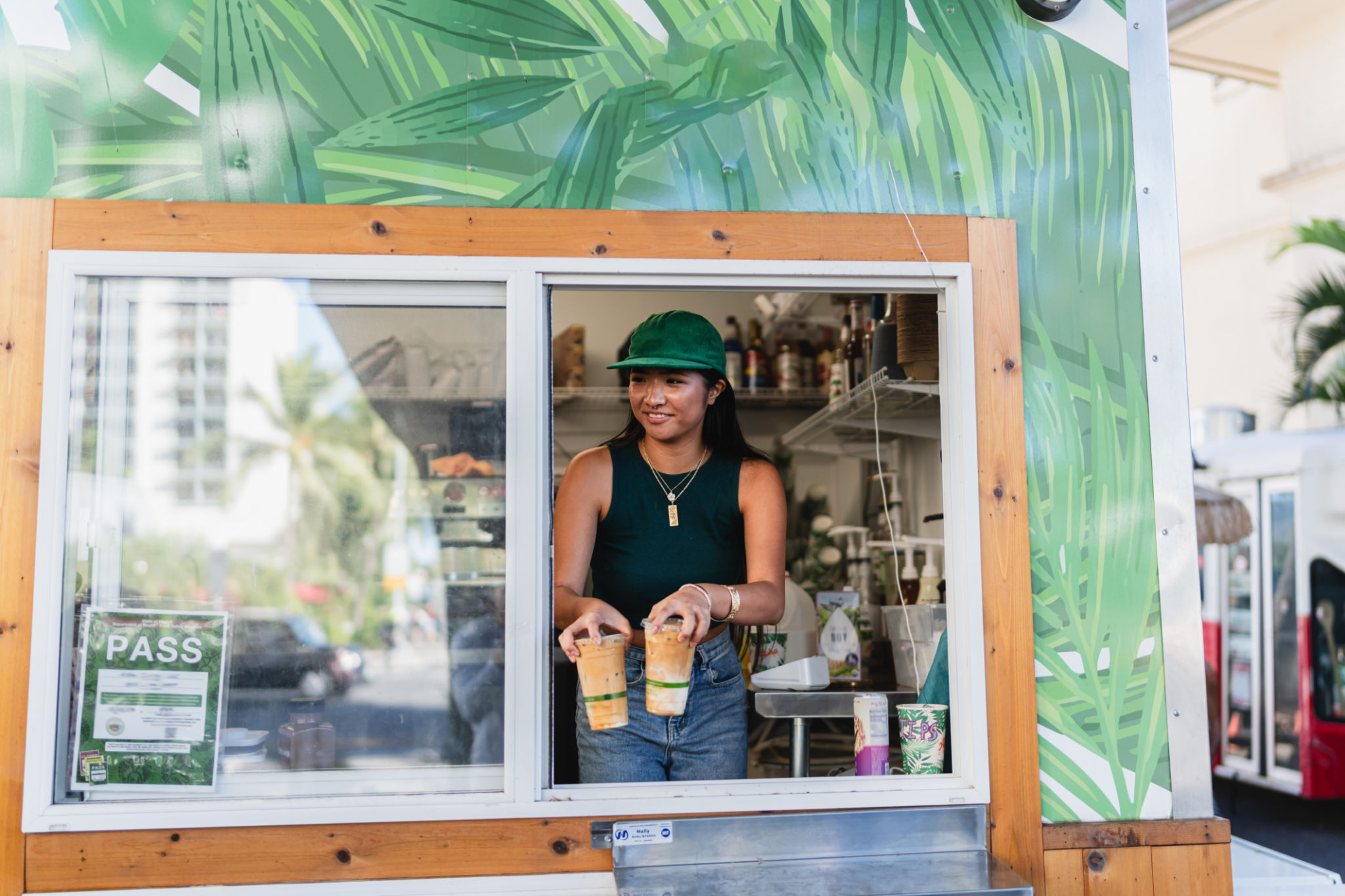Fusion Flavors: How American Cuisine Blends into Hawaiian Culture
The Melting Pot of American and Hawaiian Flavors
Hawaii is renowned for its breathtaking landscapes and rich cultural tapestry, which is reflected in its culinary scene. Over the years, American cuisine has melded seamlessly with traditional Hawaiian flavors, creating a unique fusion that delights locals and tourists alike. This fusion is a testament to the adaptability and creativity inherent in both cultures, showcasing how diverse influences can harmonize to produce something truly special.
At the heart of this culinary blend is the inclusion of traditional Hawaiian ingredients with popular American dishes. Staples like pineapple, coconut, macadamia nuts, and taro root find their way into a variety of American classics, transforming them into something uniquely Hawaiian. Whether it's a burger topped with pineapple or pancakes drizzled with coconut syrup, these combinations offer a fresh take on familiar favorites.

Iconic Dishes with a Twist
One of the most popular examples of this fusion is the Hawaiian pizza. Despite originating elsewhere, this dish has become synonymous with Hawaii due to its distinctive topping of pineapple and ham. This sweet and savory combination exemplifies how Hawaiian flavors can add a new dimension to traditional American foods.
Another beloved dish is the poke bowl, which has gained immense popularity across the mainland United States. Traditionally a Hawaiian staple, poke has been adapted to include a variety of toppings and sauces that reflect both American and Asian influences. This dish not only highlights fresh, local ingredients but also showcases the adaptability of Hawaiian cuisine to incorporate global trends.

Local Ingredients Making an Impact
Local farmers and producers play a crucial role in this fusion movement by providing fresh ingredients that are quintessentially Hawaiian. From farm-to-table restaurants to local markets, the emphasis is on using homegrown produce to enhance the flavors of both traditional and modern dishes. This focus on sustainability ensures that the fusion of American and Hawaiian cuisines is not only delicious but also environmentally conscious.
Moreover, the inclusion of fresh seafood from Hawaii's bountiful waters adds another layer of authenticity to these dishes. Fish like ahi, mahi-mahi, and ono are often featured in recipes that blend American cooking techniques with Hawaiian flavors, creating a symphony of tastes that celebrate the cultural heritage of the islands.

The Cultural Significance
Beyond the palate, this fusion represents a blend of cultures that have come together over generations. The integration of American cuisine into Hawaiian culture is part of a larger narrative of cultural exchange and adaptation. Each dish tells a story of migration, influence, and evolution, reflecting the diverse backgrounds of Hawaii's inhabitants.
This culinary blend also serves as a bridge between tourists and locals. For visitors, trying these fusion dishes offers an accessible introduction to Hawaiian culture. For locals, it represents pride in their heritage and an opportunity to share it with others through food.
Embracing Innovation While Honoring Tradition
As chefs continue to explore new ways to combine these flavors, the future of this fusion cuisine looks promising. Innovative dishes are constantly being created, pushing boundaries while still honoring traditional roots. Pop-up restaurants and food festivals celebrating this fusion are becoming more common, offering platforms for chefs to showcase their creativity.
Whether it's through food trucks offering Hawaiian BBQ with a twist or upscale dining experiences featuring inventive takes on classic dishes, the melding of American and Hawaiian cuisines is an ongoing journey of discovery and delight.

Conclusion: A Culinary Celebration
In summary, the fusion of American cuisine into Hawaiian culture is much more than a culinary trend; it's a celebration of diversity and creativity. By embracing both tradition and innovation, Hawaii continues to offer an unparalleled dining experience that captures the essence of its rich cultural heritage. As these flavors continue to evolve, they pave the way for new interpretations and experiences that honor the past while looking toward the future.